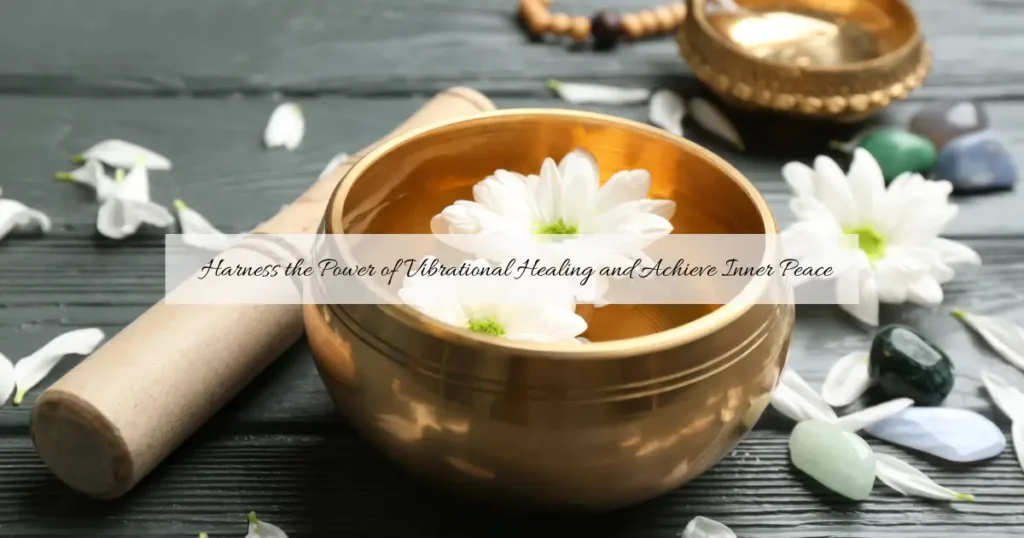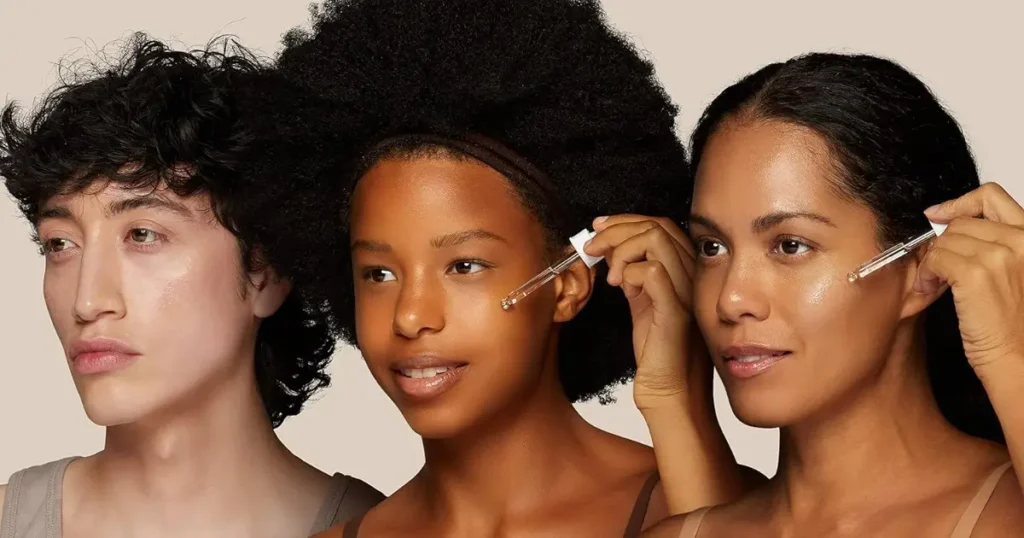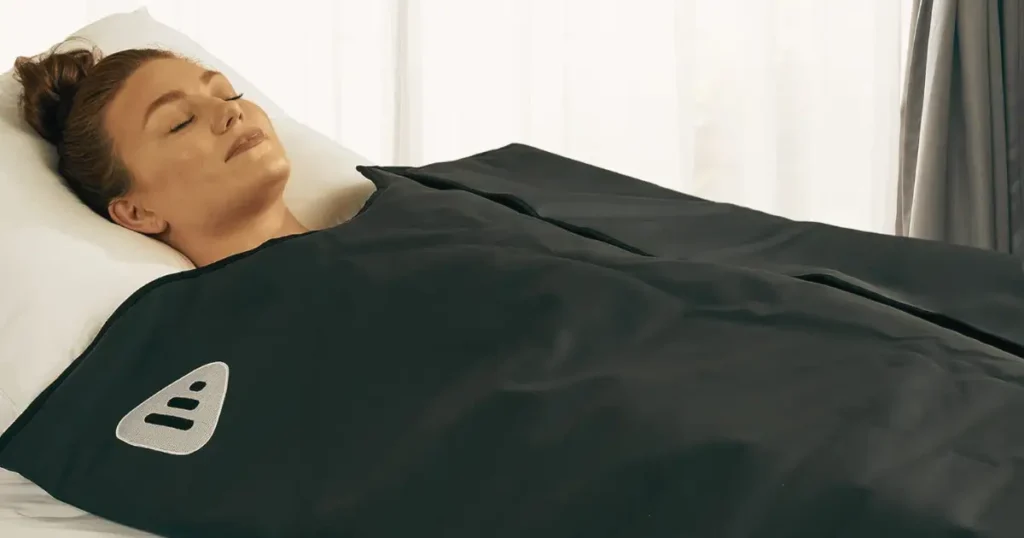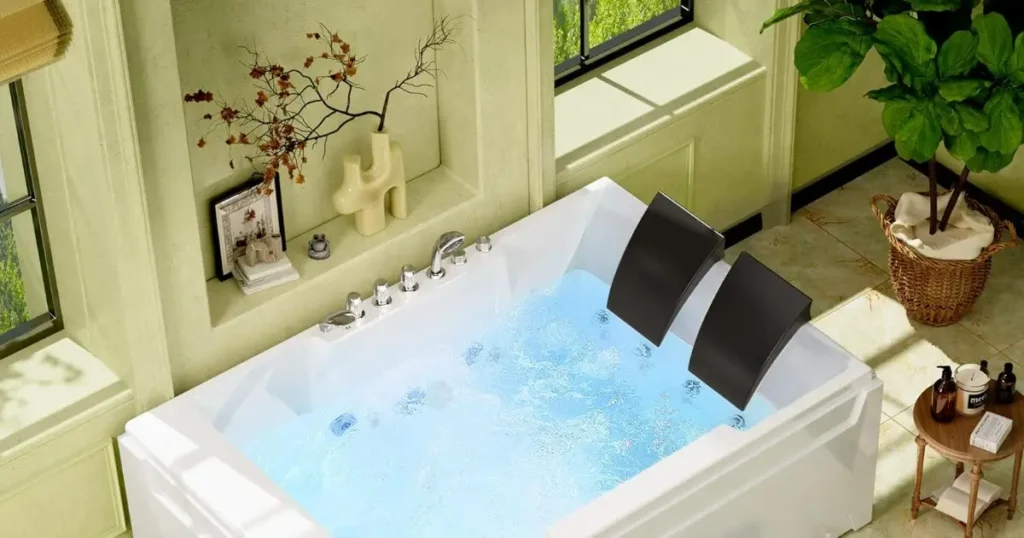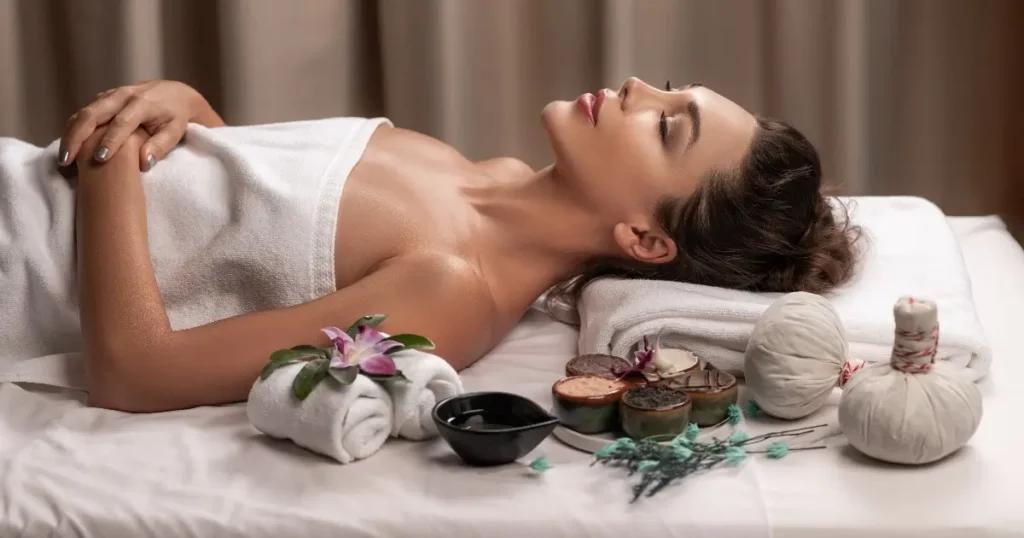The Science of Chromotherapy: 5 Ways It Heals
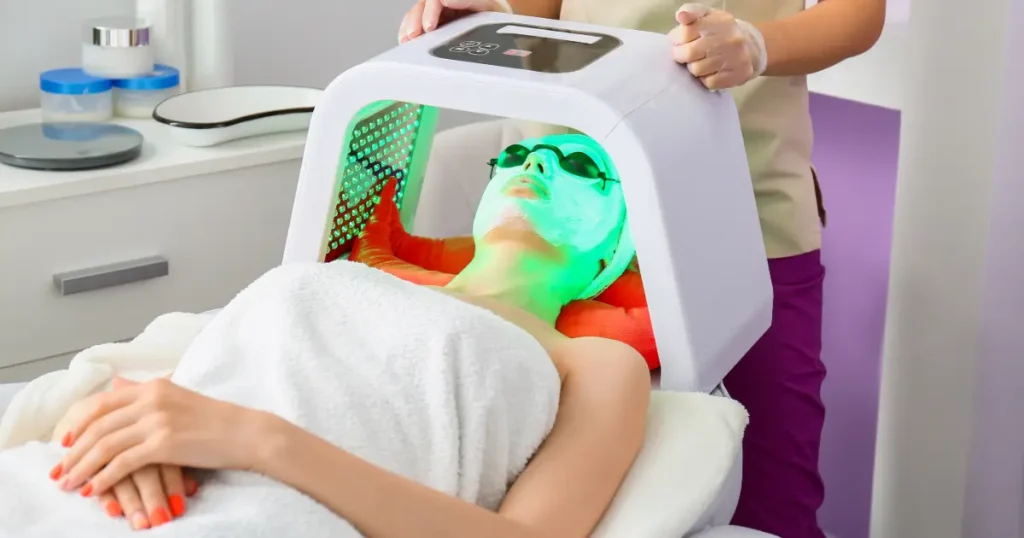
Imagine harnessing the power of colors to enhance your well-being, improve your mood, and even support physical healing. This is the promise of chromotherapy, an ancient practice that uses the visible spectrum of light to promote health and wellness.
In this article, we will explore the scientific foundations of chromotherapy and highlight five specific ways in which this fascinating therapy can heal.
By understanding the mechanisms behind chromotherapy and examining the research supporting its benefits, we can appreciate its potential as a complementary health practice. Let’s dive into the science of chromotherapy and discover how it can contribute to a healthier, more balanced life.
What Is Chromotherapy?
Chromotherapy, or color therapy, uses the healing power of light to balance the body’s energy and enhance well-being. Each color in the visible spectrum has unique properties and vibrations that can positively impact physical and emotional health. By using specific colors, chromotherapy aims to treat various ailments and improve overall wellness. For instance, blue light is often employed to induce relaxation, while red light is used to stimulate energy and circulation. This non-invasive therapy is supported by scientific research and has shown promise in areas such as pain relief, mood enhancement, and immune system support.
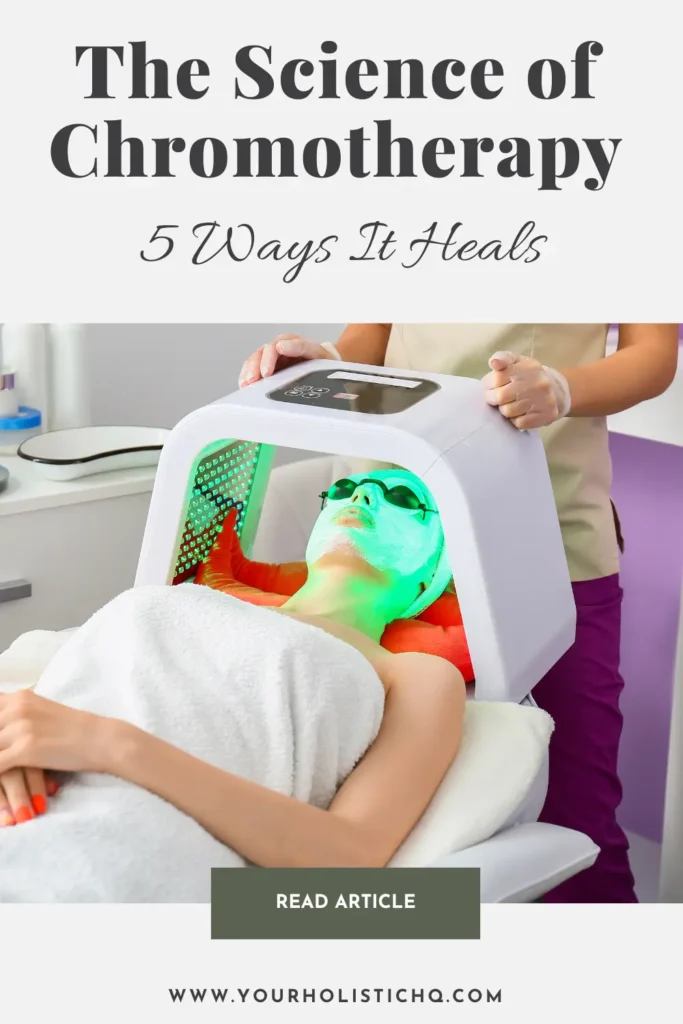

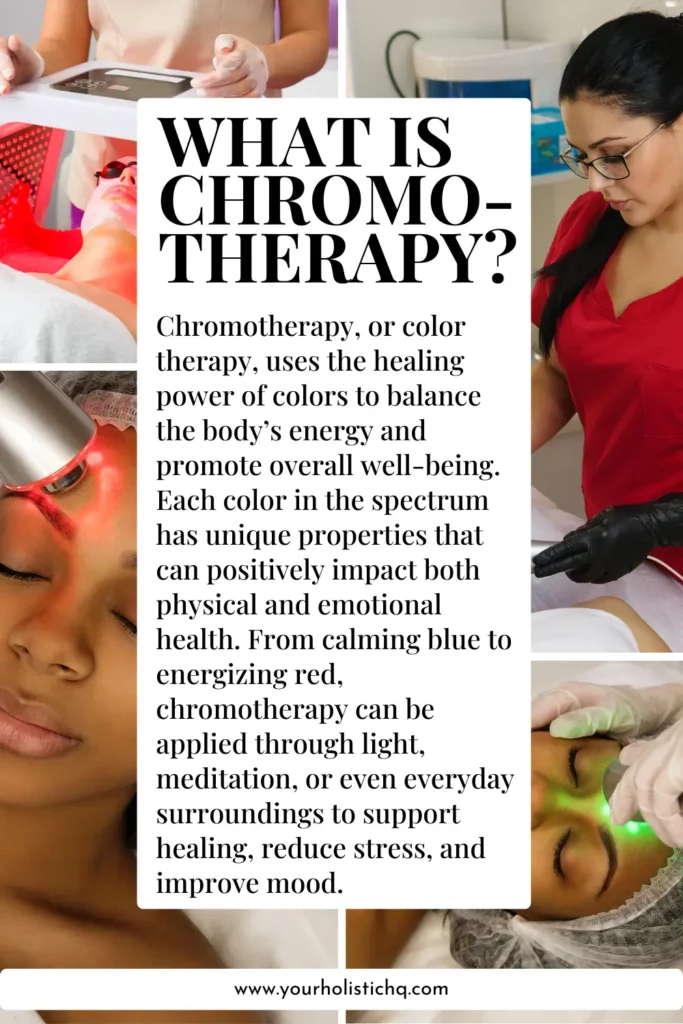
1. It Boosts Mood and Mental Health

Chromotherapy significantly enhances mood and mental health by leveraging the unique properties of different colors. This therapeutic practice uses the visible spectrum of light to influence our psychological state, making it a powerful tool for emotional well-being.
Different colors elicit various psychological responses. Blue light, for example, is renowned for its calming effects, making it effective in reducing anxiety and promoting relaxation. Yellow light is linked to energy and positivity, helping to uplift mood and stimulate mental clarity. Green light, representing balance and harmony, offers a soothing effect that stabilizes emotions.
Research supports the mental health benefits of chromotherapy. A study in the Journal of Affective Disorders found that exposure to blue light significantly reduced symptoms of depression, especially in individuals with seasonal affective disorder (SAD) (Wirz-Justice et al., 2009). Another study in the Journal of Environmental Psychology showed that green light exposure reduced stress and improved mood during stressful activities (Kuller et al., 2009).
Incorporating chromotherapy into daily life is both simple and effective. Using blue light in bedrooms can enhance relaxation and improve sleep quality. Integrating yellow and green lights in workspaces can boost energy levels and reduce stress. Many spas and wellness centers also offer chromotherapy treatments to help alleviate anxiety and depression, providing a holistic approach to mental health.
By understanding and applying the science of chromotherapy, we can significantly boost our mood and mental health, leading to a more balanced and harmonious life.
2. It Provides Pain Relief and Management

Chromotherapy, or color therapy, offers effective pain relief and management by utilizing the unique properties of specific colors. Red light, in particular, is renowned for its ability to stimulate circulation and reduce inflammation, both crucial factors in alleviating pain. By increasing blood flow, red light helps deliver oxygen and nutrients to affected areas, promoting healing and reducing discomfort. Additionally, blue light is known for its anti-inflammatory properties, which can help reduce swelling and pain, making it beneficial for conditions like arthritis.
Scientific studies support the efficacy of chromotherapy in pain management. Research published in Pain Management Nursing found that red light therapy significantly reduced chronic pain and improved function in patients with musculoskeletal disorders (Alayat et al., 2014). Similarly, a study in Photomedicine and Laser Surgery demonstrated that blue light therapy effectively reduced pain and inflammation in patients with chronic conditions (Eells et al., 2004). These findings highlight the potential of chromotherapy as a viable alternative to traditional pain relief methods, which often come with undesirable side effects.
Chromotherapy is increasingly being adopted in clinical settings to manage pain. Physical therapy clinics, rehabilitation centers, and pain management facilities are incorporating red and blue light therapy devices to provide non-invasive pain relief. Patients with chronic pain conditions such as fibromyalgia, arthritis, and musculoskeletal injuries benefit from regular chromotherapy sessions. Moreover, home-use devices are becoming popular, enabling individuals to incorporate red and blue light therapy into their personal pain management routines. By leveraging the principles of chromotherapy, we can offer effective pain relief and enhance the quality of life for those suffering from chronic pain.
3. It Improves Sleep Quality
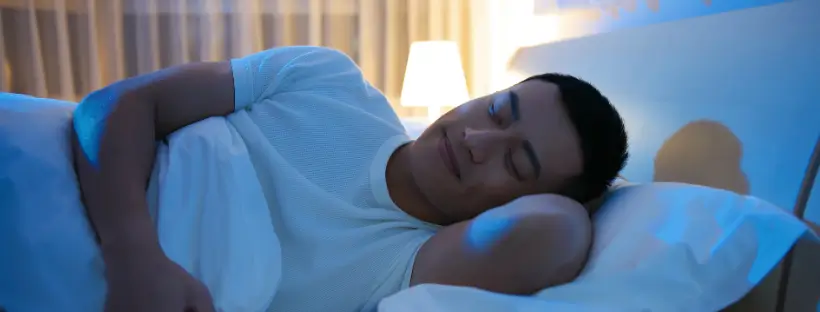
Chromotherapy significantly improves sleep quality by utilizing the calming and regulatory effects of specific colors, particularly blue light. Blue light has been shown to influence the production of melatonin, the hormone responsible for regulating sleep-wake cycles. By modulating melatonin levels, blue light helps synchronize the body’s internal clock, promoting better sleep patterns and enhanced restfulness.
Scientific evidence supports the use of blue light for sleep improvement. A study published in the journal Sleep found that exposure to blue light in the evening could improve sleep quality and duration (Cajochen et al., 2011). Participants exposed to blue light reported falling asleep faster, experiencing fewer awakenings during the night, and feeling more refreshed upon waking. These findings underscore the potential of chromotherapy as a natural and effective method for treating sleep disorders like insomnia.
In practical terms, incorporating blue light into one’s evening routine can be simple and beneficial. Using blue light bulbs in bedrooms or utilizing blue light therapy devices can create an environment conducive to relaxation and sleep. Many people find that even short sessions of blue light exposure before bed can significantly enhance their sleep quality. Additionally, spas and wellness centers often offer blue light therapy as part of their relaxation and sleep improvement programs. By embracing the principles of chromotherapy, individuals can achieve better sleep and, consequently, improve their overall health and well-being.
4. It Supports Physical Healing and Recovery

Chromotherapy aids in physical healing and recovery by utilizing the therapeutic properties of specific colors, particularly red and near-infrared light. These colors penetrate deep into the skin and tissues, promoting cellular repair and regeneration. Red light therapy, in particular, has been shown to stimulate collagen production, enhance circulation, and reduce inflammation, all of which are critical factors in the healing process.
Scientific research underscores the benefits of chromotherapy in physical recovery. A study published in the journal Photomedicine and Laser Surgery demonstrated that red light therapy significantly improved wound healing and reduced inflammation in various medical conditions (Hopkins et al., 2004). Another study highlighted that near-infrared light therapy accelerated tissue repair and minimized scar formation, making it a valuable tool in post-surgery recovery and injury rehabilitation.
Incorporating chromotherapy into a recovery routine can be highly effective. Professional treatments at physical therapy clinics and wellness centers often include red and near-infrared light therapy to support patients recovering from surgeries, injuries, or chronic conditions. Home-use devices are also available, allowing individuals to benefit from these therapies in the comfort of their homes. Regular sessions of red light therapy can enhance tissue repair, reduce inflammation, and speed up the overall healing process, making chromotherapy an essential component of comprehensive physical recovery strategies.
5. It Boosts Immune Function

Chromotherapy enhances immune function by leveraging the balancing and invigorating properties of specific colors, such as green and yellow light. These colors are believed to stimulate the body’s natural defenses and promote overall vitality, helping to maintain a robust and responsive immune system.
Scientific studies have indicated that exposure to green light can reduce stress levels, which in turn supports a healthier immune response. Stress is a known suppressor of immune function, and by mitigating its effects, green light can help bolster the body’s defenses. A study in the Journal of Environmental Psychology highlighted that green light exposure improved mood and reduced stress, indirectly supporting immune health (Kuller et al., 2009). Additionally, yellow light, associated with energy and positivity, can invigorate the body and support the immune system by promoting a general sense of well-being.
In practical applications, incorporating green and yellow light into daily routines can be simple yet effective. Using green light in living spaces can create a calming and stress-reducing environment, while yellow light can be used to enhance energy and vitality. Many wellness centers and spas offer chromotherapy treatments that include green and yellow light to support immune health. Home-use devices are also available for regular, convenient sessions. By integrating chromotherapy into our lives, we can help maintain a strong and responsive immune system, enhancing our overall health and resilience.
Final Thoughts

Chromotherapy, with its rich history and scientifically-backed benefits, offers a multifaceted approach to health and wellness. By harnessing the power of specific colors, this therapeutic practice can boost mood and mental health, provide effective pain relief, improve sleep quality, support physical healing and recovery, and enhance immune function. Each color in the visible spectrum has unique properties that can influence our physiological and psychological states, making chromotherapy a versatile and non-invasive option for enhancing overall well-being.
Scientific research and practical applications underscore the efficacy of chromotherapy in various health domains. From clinical settings to home-use devices, the integration of color therapy into daily routines is both accessible and beneficial. By understanding and applying the principles of chromotherapy, individuals can tap into a natural and holistic method to improve their quality of life.
As we continue to explore and validate the healing potential of colors, chromotherapy stands out as a promising complementary therapy. Embracing this approach can lead to a more balanced, harmonious, and healthy life. Whether used for mental health support, pain management, sleep improvement, physical recovery, or immune enhancement, chromotherapy offers a unique and scientifically grounded pathway to better health.


